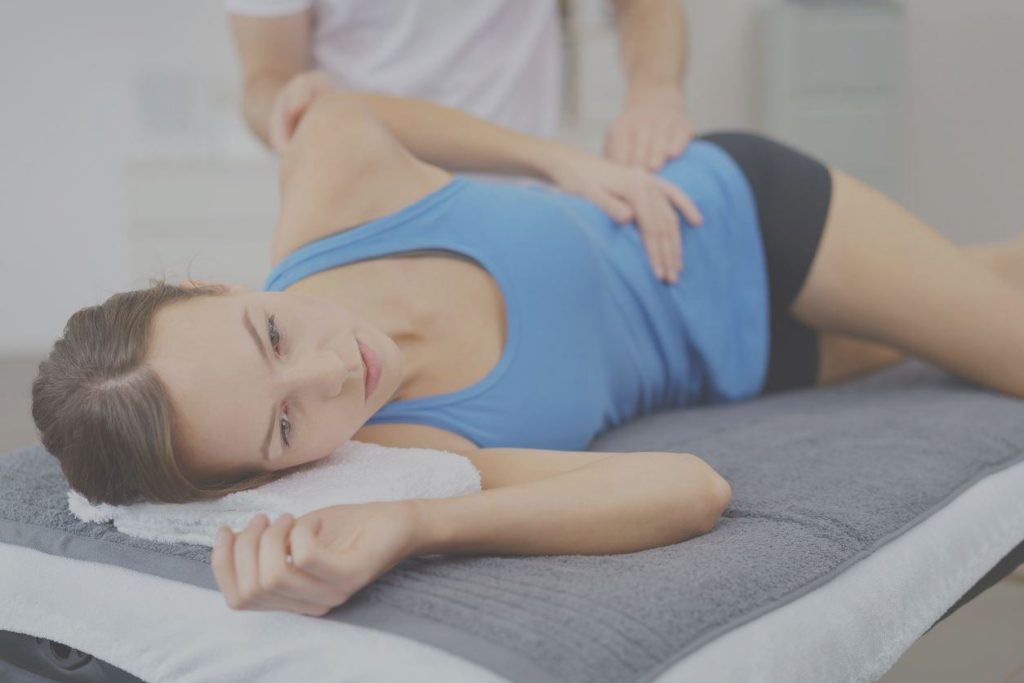Your core muscles play an integral part in athletic activity and daily movement. They help to stabilize and support your spine and many nearby structures, and you don’t really realize how often you use your core each day until an injury makes each of these small movements painful. Not only can physical therapy help you recover from a core injury, but it can also help strengthen the area and prevent future injuries in your abdominal region and in places like your spine and hips. Below, we take a closer look at core injuries and how physical therapy can help improve this region.
Understanding Core Injuries
Sports hernias tend to get most of the headlines when talking about core injuries, but in this blog, we’re going to focus on other types of abdominal and core injuries. When you suffer a non-hernia related core injury, it typically involves an injury to the area where the abdominal muscles attach to your pelvis. Tears to these muscles and tendons can make movements painful and alter our movement patterns. Even mild core injuries can result in spine or hip pain due to how the core injury influences our gait and how pressure is dispersed in our body.

Core injuries can develop for a number of different reasons, but the most common cause is from overstress during athletic activity. Sports that involve repetitive hip and pelvic motions have a higher than normal incidence of core injuries. Sports like football, hockey, soccer and rugby all require strong core muscles, but the physical demands of the sport can lead to injury in even the most well-trained athletes. Aside from repetitive motions, other common causes of core injuries include:
- Muscle imbalances between the hip and abdominal muscles.
- Abdominal muscle or abdominal wall weakness.
- Lack of abdominal wall conditioning.
- Improper techniques during abdominal exercises.
- Acute force from contact during athletics.
Most patients who have experienced a core injury deal with a range of symptoms including abdominal pain, groin pain, pain that intensifies with activity, regionalized tenderness and inhibited range of motion.
Treating Core Injuries With Physical Therapy
Now that we know what factors can contribute to core injuries, it’s pretty evident how physical therapy can help treat these injuries and prevent a recurrence down the road. For starters, physical therapy will help to strengthen the injured area while also providing it protection during the healing process. Not only do we want the injured muscles to recover, but we want them to become stronger than they were prior to the injury to prevent a similar injury down the road.
Next, we can analyze your hip and abdominal structure and help correct some imbalances that may be putting you at risk for a core injury. We have biometric diagnostic tools to help learn more about your muscle patterns and how your movement impacts these structures. We can also develop a strength training routine that helps to improve your abdominal muscle wall so that it can handle the stress and strain you put on it during athletic activity.
Finally, we can help educate our patients on the proper training and workout techniques to improve their core strength. Since a number of core injuries develop as a result of poor form or posture during exercise, we can ensure you’re not putting your core at risk when you’re trying to be proactive about strengthening the area. Technique training is especially helpful for athletes who are constantly looking to improve their core muscles.
So if you’re dealing with an abdominal injury or you just want to improve your core ahead of the upcoming season, reach out the the PT team at OrthoRehab Specialists t
- How To Safely Return To Your Job After An Injury Or Surgery - July 24, 2024
- What To Do When You’re Struggling To Follow Through With Your Home PT Exercises - July 22, 2024
- 5 Daily Habits That Are Hurting Your Physical Therapy Progress - July 17, 2024
